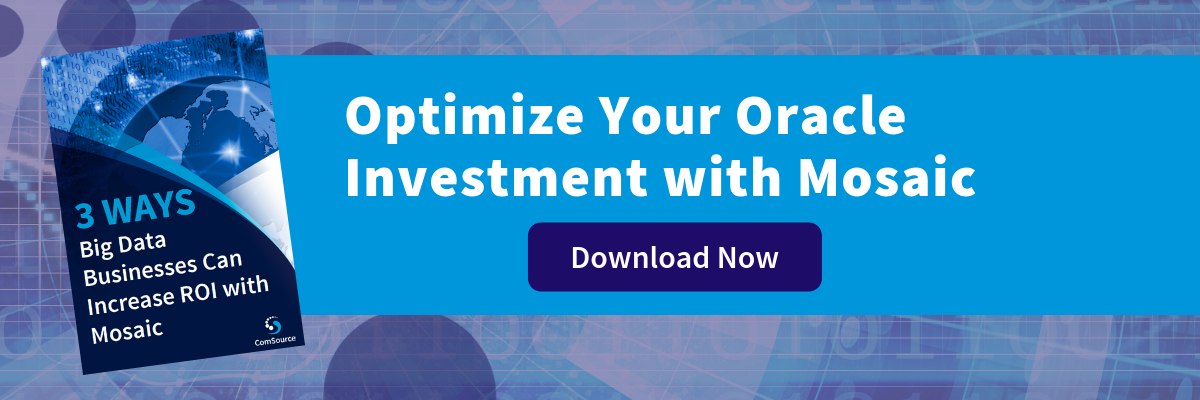Anyone who has worked with Oracle for an extended period of time, and regardless of company size, has more than likely encountered the notorious head-scratcher of how to squeeze better performance out of your existing Oracle licenses, and avoid purchasing more or growing your hardware footprint to achieve the results you need. You may have heard this referred to this as the I/O problem or I/O tuning issue.
Don't be mistaken, Oracle is a proven industry leader and a trendsetter when it comes to big data and cloud matters. That doesn't mean, however, that a smart and savvy system like Oracle can't have an issue or two, it can. Of course here is where Oracle once again shines, because with a license or two, or three, or..., well you get it, those issues are nearly always resolved. In many cases and for many companies, that may be a viable and sensible fix. However, if you work with big data, large databases, have many users or complex queries, it may not be the right long-term fix.
There is also a second issue that Oracle users must contend with, which is performance issues relative to database size, traffic or intensive queries, for example. Even if we spent the necessary monies for the various licenses and infrastructure for continuing to build Real Application Clusters (RAC), the relative core performance issues would still persist.
A Better Solution for Oracle Licensing
 How Mosaic addresses each of these issues is by increasing the bandwidth and improving the queuing process, reducing the necessary number of RAC node clusters needed to push target I/O and as a result reduces Oracle licensing requirements. Mosaic NVMe technology also delivers high-end read bandwidth and will solve the correlated issues with batch process jobs.
How Mosaic addresses each of these issues is by increasing the bandwidth and improving the queuing process, reducing the necessary number of RAC node clusters needed to push target I/O and as a result reduces Oracle licensing requirements. Mosaic NVMe technology also delivers high-end read bandwidth and will solve the correlated issues with batch process jobs.
Historically companies would be required to buy large storage arrays, add RAC nodes, and increase licensing to reach their target I/O numbers. This solution, however, left much to be desired, including RAC build considerations, costs, deployment risks and bottleneck issues.
Mosaic simplifies the RAC issue by affording users pre-calibrated or preconfigured RAC clusters that leverage state-of-the-art technologies such as NVMe, Infiniband and PCIe. Having the capability to push 30 gigabytes per second per RAC node means fewer nodes are needed. Mosaic also eliminates old bottleneck problems tied to RAC clusters associated with large databases and tables.
If you have ever been part of a team or have spent months building and configuring a RAC cluster, only to find out it isn't compatible - you understand. Mosaic can take parameters such as transactions or workload types and virtually "plugin" pre-tested RAC clusters, eliminating any potential trial and error.
What Can Mosaic Do for Your Performance?
Does the performance, efficiency, or productivity of your business require I/O for large databases or demand I/O in and out of large and complex information tables? Is the success of your business somehow tied to reduced latency, better network performance, or maximizing the power of Oracle applications?
These are just a few reasons why the Mosaic NVMe solution is can be essential to your organization. How important, depends on the value you place on performance and how much you rely on Oracle.
An article from Forbes, regarding Oracle's future in the Cloud described them as a "...world-class provider of enterprise technology capabilities." Those technologies and capabilities are front and center in Mosaic. For traditional database and business models, to massive database scale and business in the cloud, the Mosaic suite is designed to deliver performance.
Oracle has been doing it right for a long time, we are here to help you do it better and to help you get the most out of Oracle for your business.




